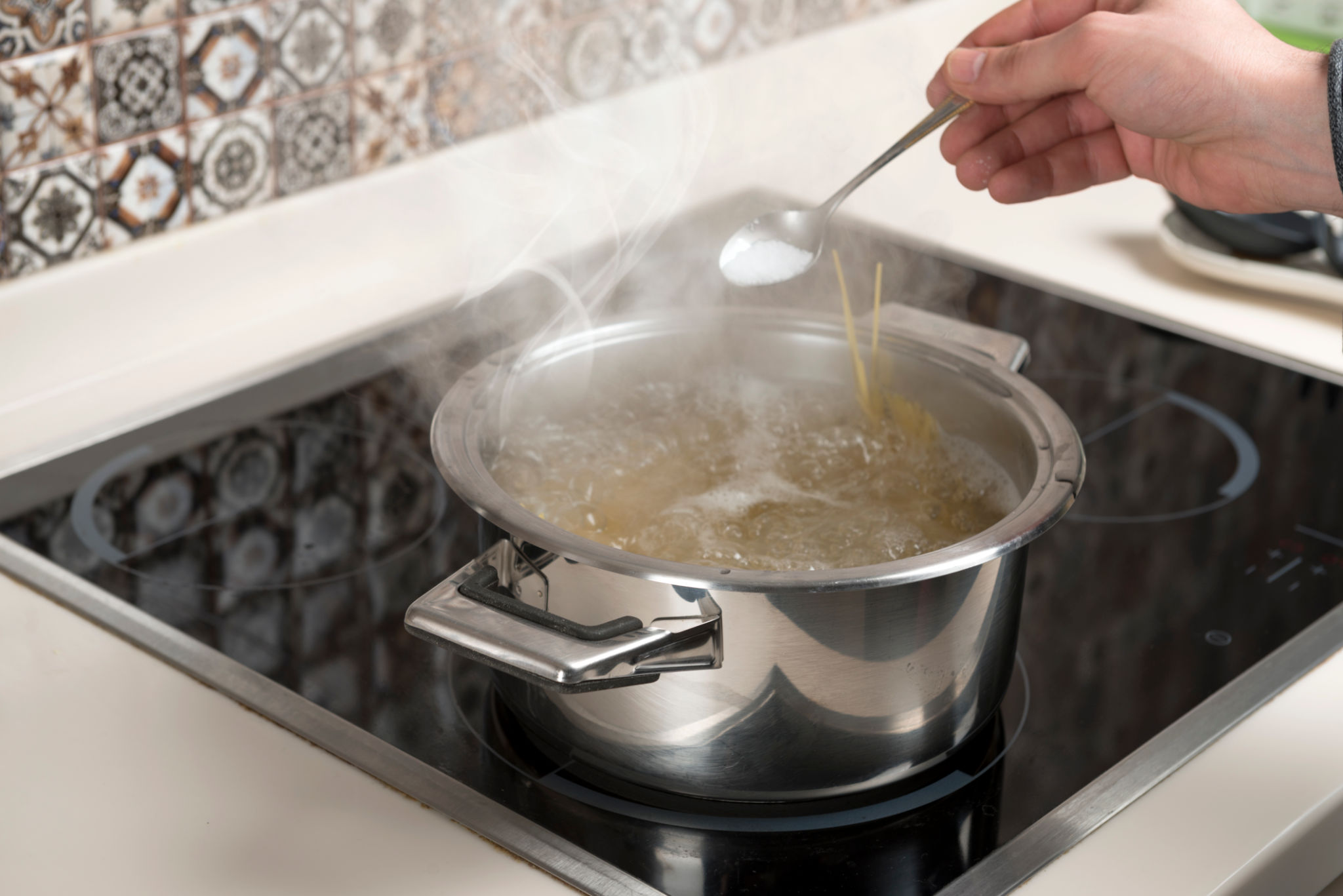Debunking Pasta Myths: Separating Fact from Fiction
The Truth About Cooking Pasta
Pasta is a beloved staple in many households worldwide, yet countless myths surround its preparation and nutritional value. With so much conflicting information, it can be challenging to separate fact from fiction. One common myth is that you need to add oil to the cooking water to prevent pasta from sticking. In reality, adding oil serves no purpose other than floating on top. The real key is to use plenty of water and stir the pasta occasionally.

Another myth suggests rinsing pasta after cooking to remove excess starch. While rinsing might be necessary for cold pasta salads, it’s a no-no for hot pasta dishes. Rinsing removes the starch that helps sauces adhere to the noodles, diminishing the dish's overall flavor and texture.
Pasta and Nutrition
Many people believe that cutting out pasta is necessary for weight loss. However, pasta itself isn’t the enemy; oversized portions and heavy, creamy sauces are typically the culprits. Opting for whole-grain varieties and pairing them with vegetables and lean protein can make pasta a nutritious part of a balanced diet.

There's also a misconception that gluten-free pasta is healthier than traditional pasta. This isn’t always the case. Gluten-free options are essential for those with celiac disease or gluten intolerance, but they aren’t inherently healthier. Always check nutritional labels to make a well-informed choice based on dietary needs and goals.
The Debate Over Salt
Salt is another point of contention in the world of pasta cooking. Some argue that adding salt to the water is unnecessary, but this step is crucial. Salt enhances the flavor of the pasta, making it more enjoyable and allowing it to stand up to robust sauces. A general rule of thumb is to use about 1-2 tablespoons of salt per pound of pasta.
Contrary to some beliefs, adding salt does not significantly increase the boiling point of water nor does it make the pasta cook faster. The primary purpose is flavor enhancement, so don’t skip this critical step.

Pasta Shapes and Sauce Pairing
Choosing the right pasta shape for your sauce can make a world of difference in your dish’s outcome. It’s not just about aesthetics; it’s about functionality. For instance, flat pastas like fettuccine are perfect for creamy sauces because they provide a wide surface area for clinging. On the other hand, ridged shapes like penne rigate are great for capturing chunky tomato or meat sauces.
Experimenting with different shapes can enhance your culinary creations, allowing you to experience a variety of textures and flavors in each bite. Don’t hesitate to try something new and discover which combinations you enjoy most.
Final Thoughts on Pasta Myths
In conclusion, many pasta myths can lead to misunderstandings about this versatile food. By debunking these misconceptions, we can enjoy pasta in a more informed and flavorful way. Remember that moderation, proper technique, and an open mind about trying new ingredients are key to making pasta a delicious part of any meal plan.
